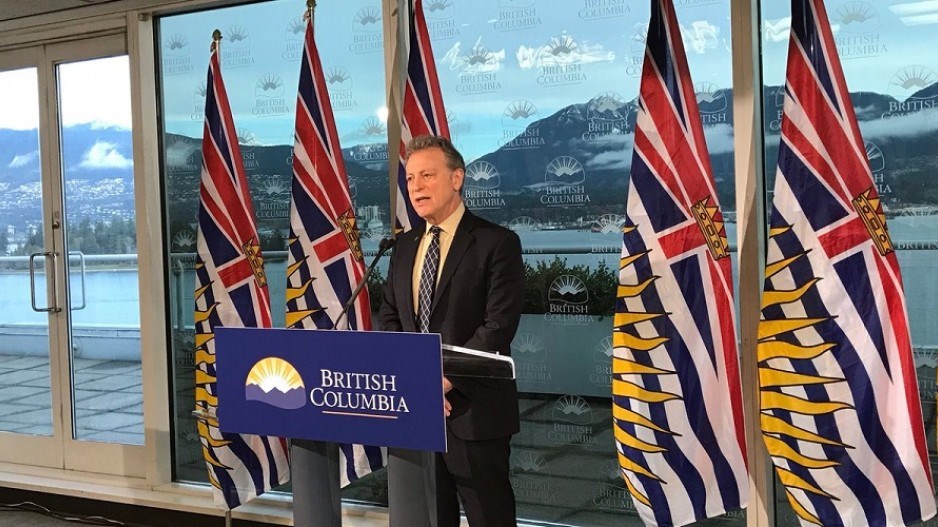The government of British Columbia revealed today the timeline that will guide the procedures to reform the province’s environmental assessment process.
Known by its initials, the EAP is a course of action to predict environmental effects of proposed initiatives, particularly mining and resource extraction projects, before they are carried out. In general, an EAP should identify potential adverse environmental effects; propose measures to mitigate adverse environmental impacts; predict whether there will be significant adverse environmental effects after mitigation measures are implemented; and include a follow-up program to verify the accuracy of the environmental assessment and the effectiveness of the mitigation measures.
In the particular case of the western Canadian province, regional authorities say they are concerned with the respect that such a process pays to the legal rights of First Nations living in the areas where mineral and other resources are being exploited.
In a press release, the Minister of Environment and Climate Change Strategy, George Heyman, stated that his office created a new Environmental Assessment Advisory Committee that will work directly with the First Nations Energy and Mining Council to review and make recommendations on the environmental assessment process. According to Heyman, the council should work with three goals in mind: enhancing public confidence, transparency and meaningful participation; advancing reconciliation with Indigenous groups; and protecting the environment while supporting sustainable economic development.
“We are working to ensure First Nations, local governments and the general public can meaningfully participate in all stages of a revitalized environmental assessment process,” the minister said. “Our government wants to ensure we have a process that’s transparent, science-based, timely and provides early indications of the likelihood of success. This work will also contribute to our government’s commitment to fully implement the United Nations Declaration on the Rights of Indigenous Peoples. We’ll be working with Indigenous groups at every step of the revitalization process.”
As part of the review, the First Nations Energy and Mining Council is leading regional workshops with Aboriginal leaders, while the ministry’s Environmental Assessment Office engages in government-to-government meetings with First Nations, as well as with industry, non-governmental organizations, local governments, unions, among other stakeholders.
“Following the initial engagement phase, a discussion paper will be developed to capture feedback, including recommended changes to the process. The discussion paper will be available for public comment in the spring, with changes to the environmental assessment process expected in late fall 2018. Environmental assessments already underway will continue under the current process,” the brief reads.




